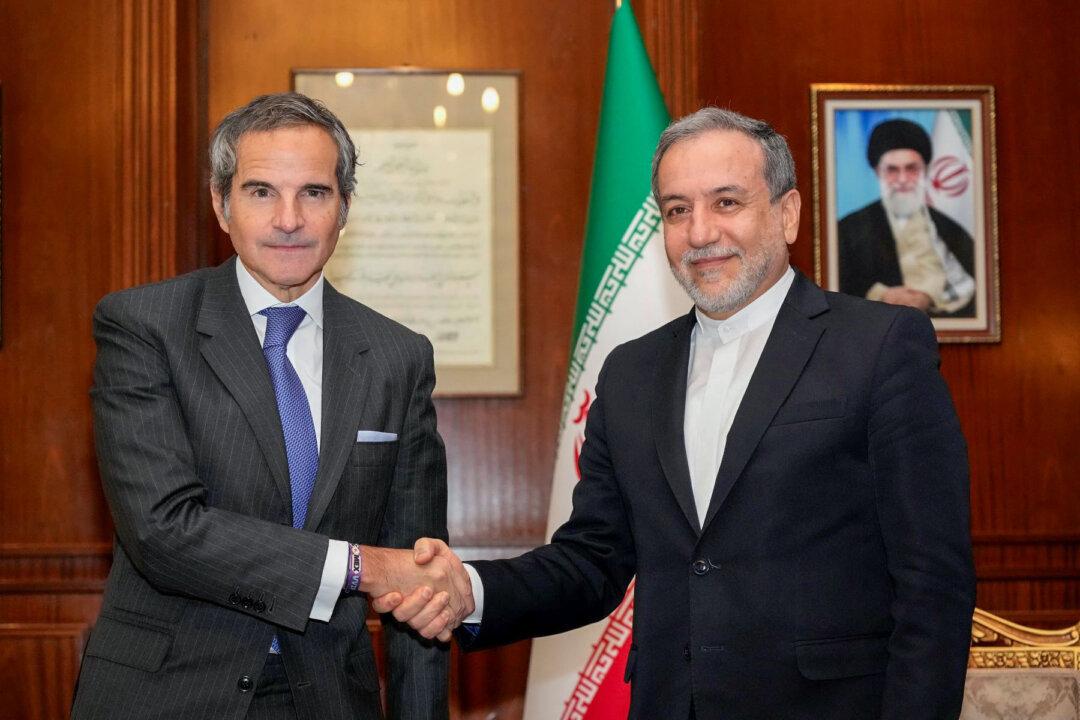South Korea will hold a snap election on June 3 to choose a new president after Yoon Suk Yeol was ousted earlier this week, after being impeached over his decision to impose martial law in December.
Acting President Han Duck-soo made the announcement on Tuesday, four days after the Constitutional Court voted unanimously, 8-0, to remove Yoon from office.
The Constitutional Court’s decision to uphold the opposition-controlled national assembly’s impeachment, cut short Yoon’s five-year term, which would have otherwise ended in May 2027.
The next president, chosen by the electorate on June 3, will serve a five-year term, until 2030.
The incident caused alarm worldwide, particularly in the United States, which is a close ally of South Korea and had encouraged it to follow a democratic path, since the last military government ended in the late 1980s.
In 2022 Yoon, representing the conservative People Power Party, won the presidential election narrowly—by 250,000 votes out of a popular vote of 44 million—defeating Lee Jae-myung from the liberal Democratic Party.
Hat Thrown In Ring
One of the first to throw his hat in the ring is Ahn Cheol-soo, 63, a former software entrepreneur who ran as a third-party candidate in the 2017 presidential election but later joined the PPP.Ahn supported removing Yoon from office, as did former party leader Han Dong-hoon, who might consider running.
But several Yoon loyalists—who opposed him being removed—are also expected to stand, including Labor Minister Kim Moon Soo, and the Mayor of Daegu, Hong Joon-pyo.
The mayor of Seoul, Oh Se-hoon, is another who is expected to run for the nomination.
The election campaign will be held as Yoon faces a trial for rebellion, and may also face other criminal charges now he has lost his presidential immunity.
Diehard supporters of Yoon have held several large rallies, saying that he has been the victim of an unjust ousting by a leftist opposition which is overly sympathetic to communist North Korea.
Lee ‘Has Many Detractors’
The election campaign will also come with South Korea facing new tariffs from the United States.On April 2, President Donald Trump announced a 25 percent reciprocal tariff rate for South Korea, and a 46 percent duty for Vietnam, where Samsung, LG and several other Korean conglomerates—known as chaebols—have manufacturing hubs.
But Seoul is not waiting for a new president before embarking on negotiations.
South Korea’s trade minister, Cheong In-kyo, said on Tuesday the government had been considering a package of measures to increase U.S. imports.
Before boarding a plane to Washington, Cheong said: “It is difficult to reduce exports, so shouldn’t we then increase (U.S.) imports? In that regard, we have been reviewing many different packages to resolve the trade balance problem.”
Cheong—who is due to meet U.S. Trade Representative Jamieson Greer—said his government had been internally discussing increasing LNG imports from the United States.





